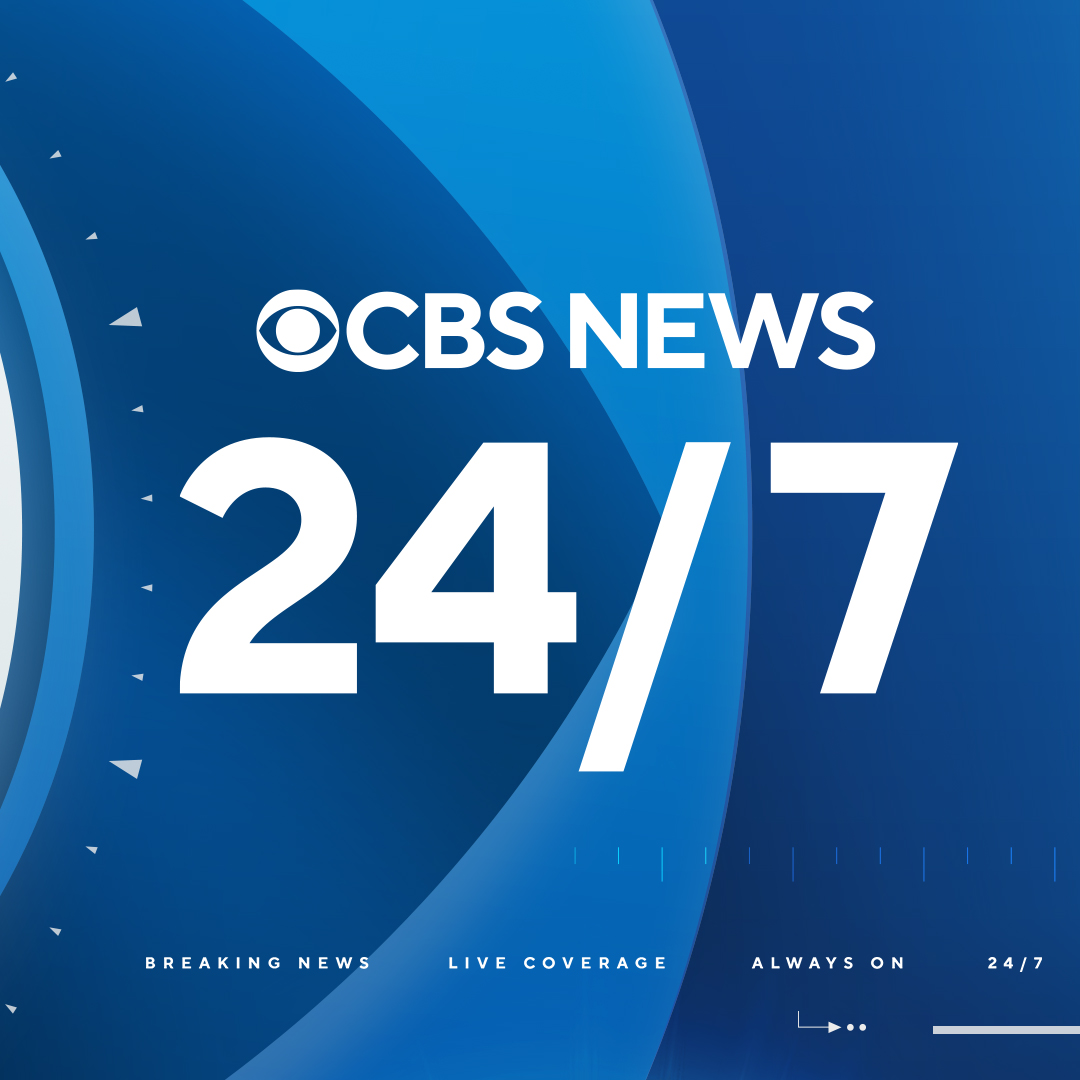Quick Response (QR) codes, since their creation in 1994, have transformed from a tool designed to track vehicle components during manufacturing to one of the most dynamic technology features of our time. These two-dimensional barcodes can be scanned using a smartphone, making them an efficient tool to embed information. On the other hand, digital business cards, the modern iteration of traditional business cards, mark the synchronous progression with the digital age. The digital version of the traditional card not only contains critical contact information, but also provides a host of interactive features, such as clickable links and integrated social media buttons.
The blend of QR codes with digital business cards has proven to be a game-changer in business networking. The symbiosis has skillfully removed the limitations of classical business cards, opening up a fresh perspective to networking. Utilizing the QR code technology on digital business cards allows for a seamless, interactive, and environmentally friendly way to exchange information. Instead of cumbersome stacks of paper cards, individuals can now share their contact information and more, merely with a scan.
An Overview of QR Codes
Quick Response (QR) codes originated in Japan during the mid-90s and were first used by the automotive industry to track vehicle parts during the manufacturing process. A QR code is a two-dimensional barcode that can be scanned using a smartphone or QR scanner, leading the user to a specific online destination. These squares filled with pixelated patterns can contain a range of information from a simple password to a webpage link or a person’s contact information. QR codes have gained worldwide acceptance due to their quick readability and larger storage capacity compared to traditional barcodes.
Marketers use QR codes to generate traffic to online content, provide additional information about a product, or to offer discounts, spurring sales and ROI. These codes can also streamline a business’s operational processes. For instance, inventory management becomes easier as each product can be assigned a unique QR code allowing for real-time tracking and updates. Beyond that, one of the most transformative benefits of QR codes lies in their ability to join the physical and digital worlds, combining offline and online customer experiences. This combined consumer experience can enhance brand perception and loyalty. They are also cost-effective as they can be generated and printed with low costs, making them a practical tool for businesses of all sizes.
Exploration of Digital Business Cards
Digital business cards are the modern, digital equivalent to traditional paper business cards. Their primary use is to share contact information, but they can also be utilized to share other key details about a company or individual. They are generally designed in a visually appealing way that incorporates branding elements to make them memorable and professional. Contrary to conventional paper cards, a digital business card can be created, updated, stored, and shared electronically without the need for any physical manufacture or distribution, making them a more sustainable option.
Digital business cards offer numerous advantages in the digital era. First, they greatly simplify the process of sharing contact information. One can share their digital business card with just a click or a scan, even remotely. Secondly, they provide flexibility as any updates in contact information or designation can be easily and promptly made, reducing the wastage associated with discarded outdated paper cards. Finally, these cards are versatile, allowing embedded links, multimedia, and social media handles that offer more interactive information about a business. By being easily shareable and storable on devices people use every day, digital business cards are becoming the preferred choice in business networking.
QR Codes and Digital Business Cards Integration
QR Codes can be embedded on a digital business card to optimize its functionality. The beauty of this integration lies in its simplicity – a user simply needs to scan the QR code on a digital business card using their smartphone, and they get instant access to the individual’s or corporation’s contact details, website, or any other associated important information. This saves time and makes it significantly more efficient since the need to manually input contact details is eliminated. With a QR code, a digital business card becomes more interactive, providing options for multimedia content, internet links or even linking to social media profiles.
The integration of QR codes with digital business cards provides unique value for business networking. Not only does it provide a faster and easier method of sharing contact information, but it also allows for versatility in the type of content that can be shared. Businesses can creatively use QR codes to link to a recent marketing campaign, a new product, or a landing page tailored specifically for networking contacts. More than just a point of contact, QR codes augment the business card into a dynamic, engaging medium that fosters deeper connections.
Future of Networking
The field of QR codes and digital business cards continues to transform as technology advances. For instance, the introduction of Augmented Reality (AR) and Near Field Communication (NFC) technology presents an opportunity to make the use of digital business cards even more interactive and engaging by adding multimedia content. On a different note, the application of artificial intelligence (AI) and machine learning may usher in new possibilities, such as predictive analytics or personalized content in digital business cards. Businesses need to stay aware of these advancements to remain competitive and efficient in their networking efforts within the digital age.
In the era of smartphones and digital transformation, QR codes and digital business cards offer a connected way to link, share details, and yes, even interact with clients and potential business partners. This represents a significant shift away from physical print materials and introduces an effective, cost-efficient and environmentally friendly networking strategy. The efficiency of QR codes and digital business cards not only streamlines networking but also enables businesses to analyze, measure, and optimize their networking efforts with more precision, due to the data generated from digital interactions.













